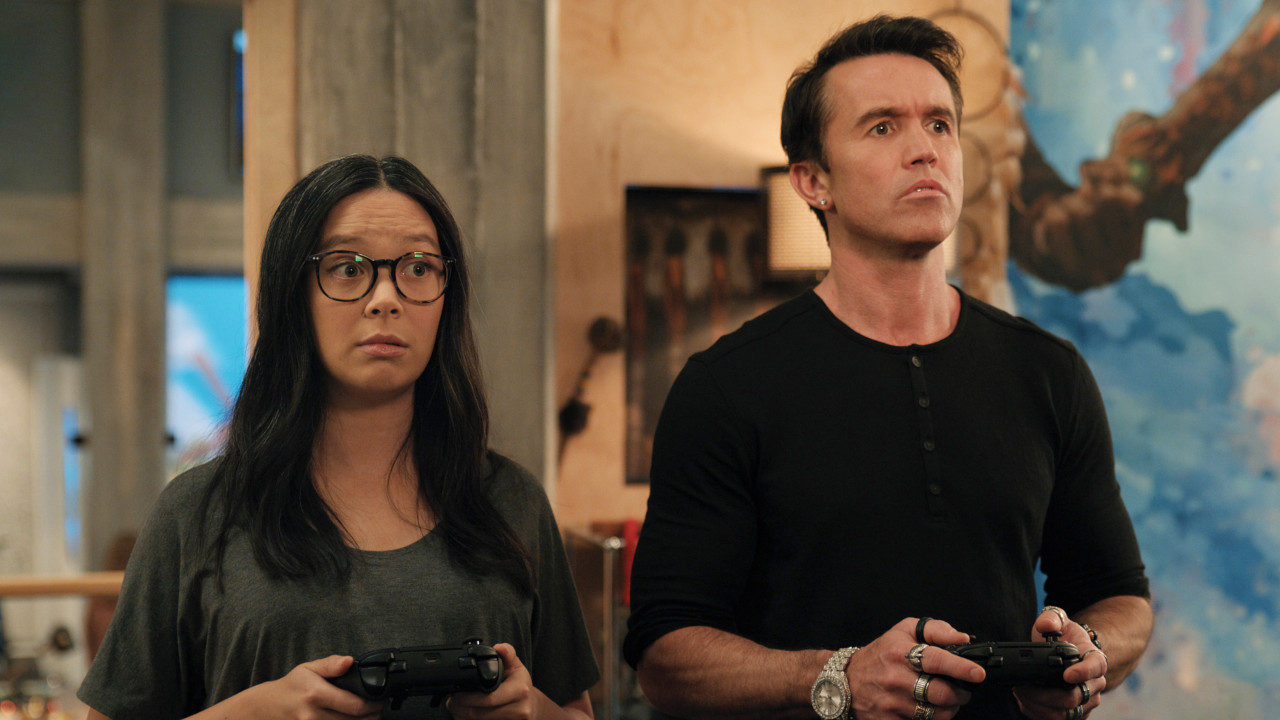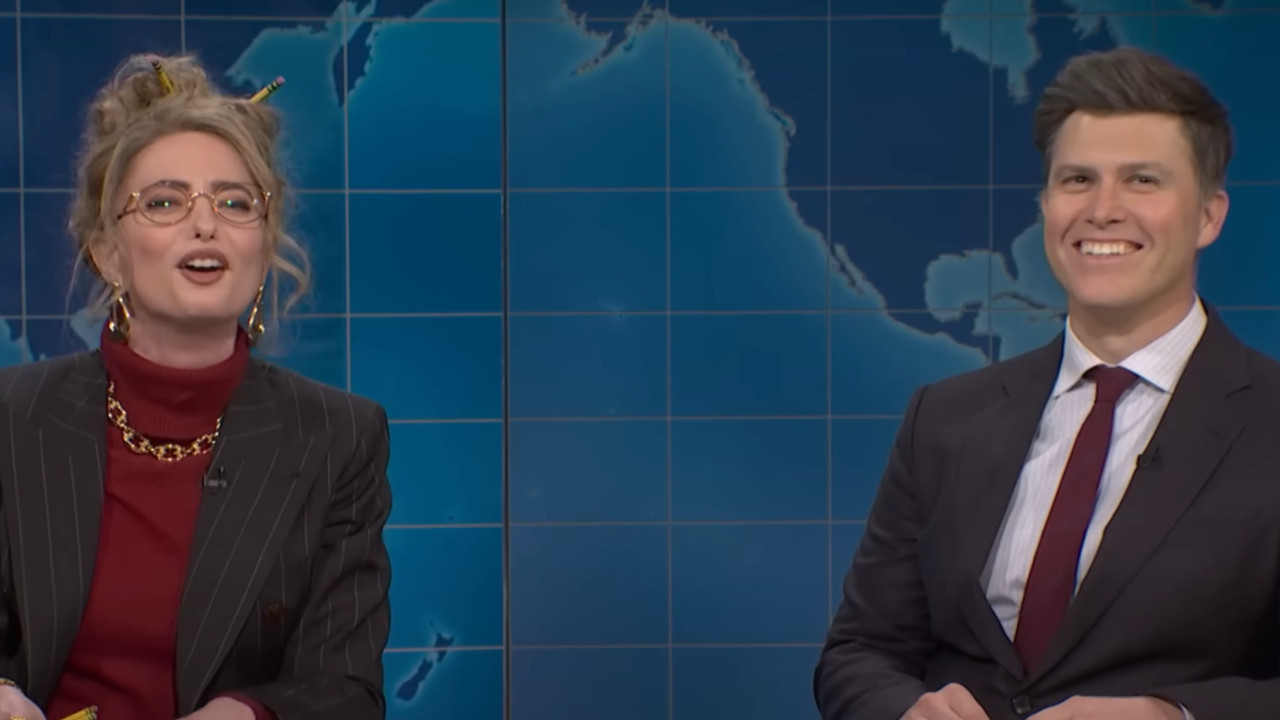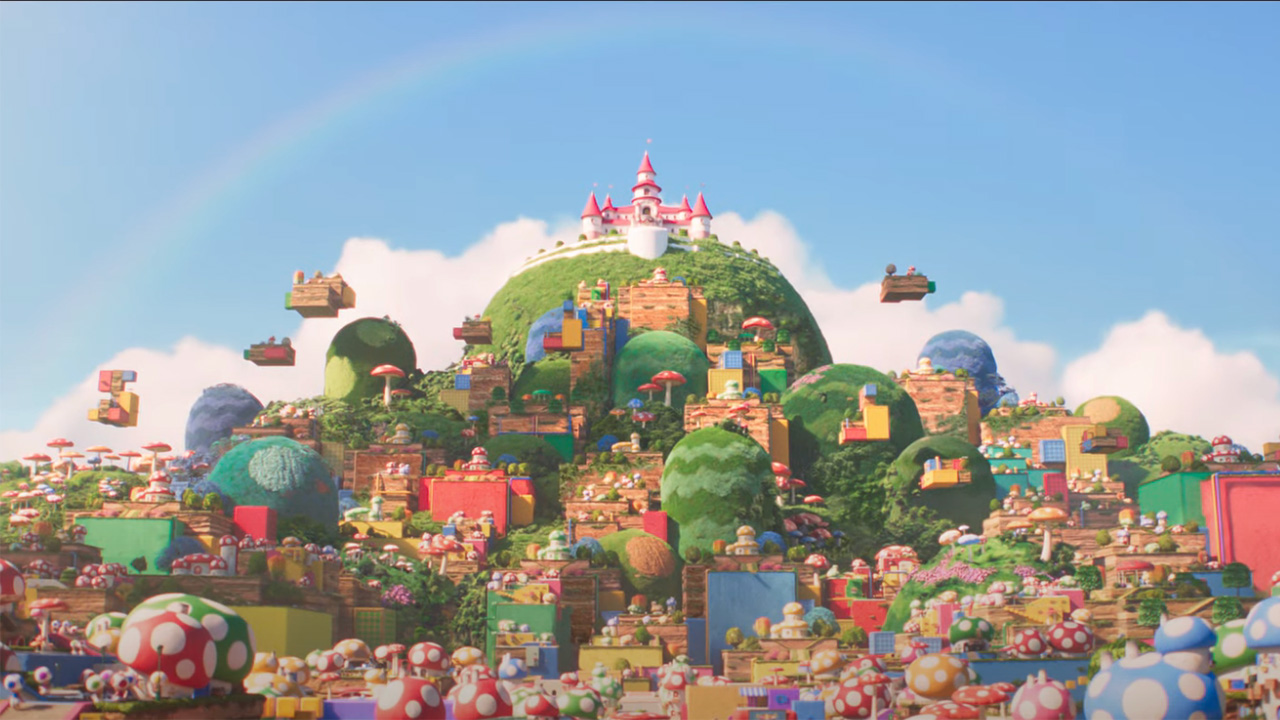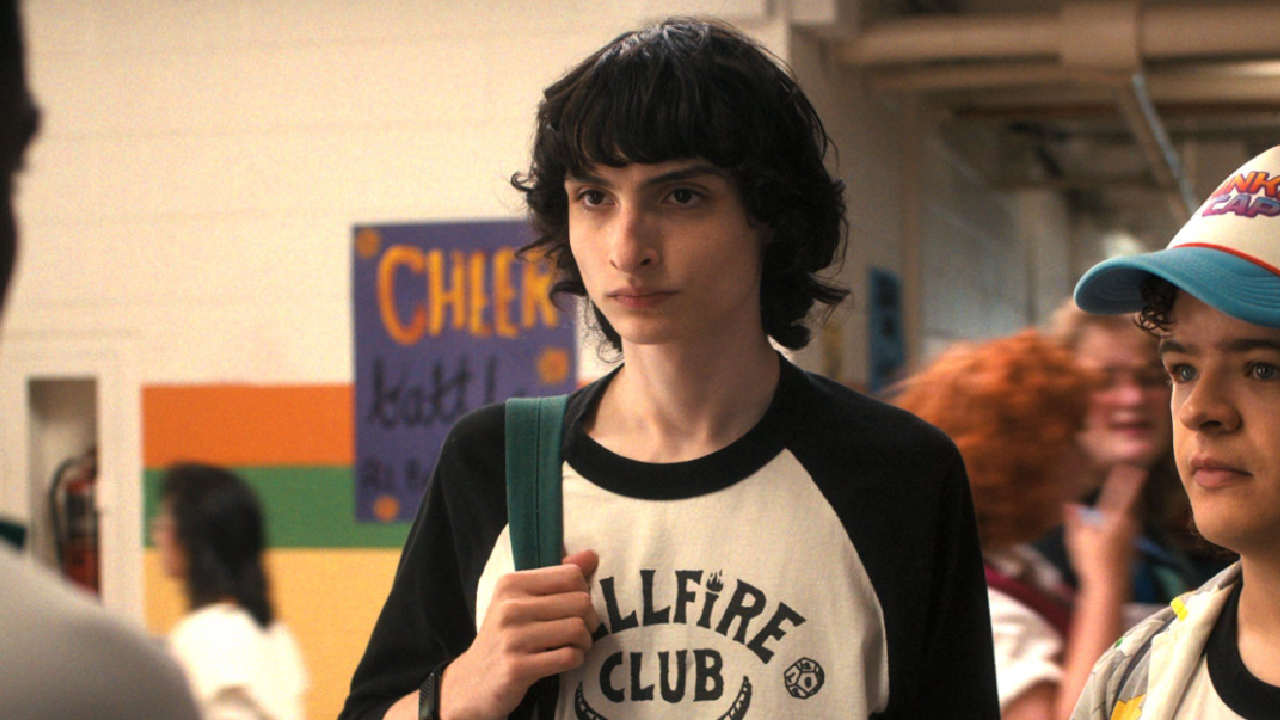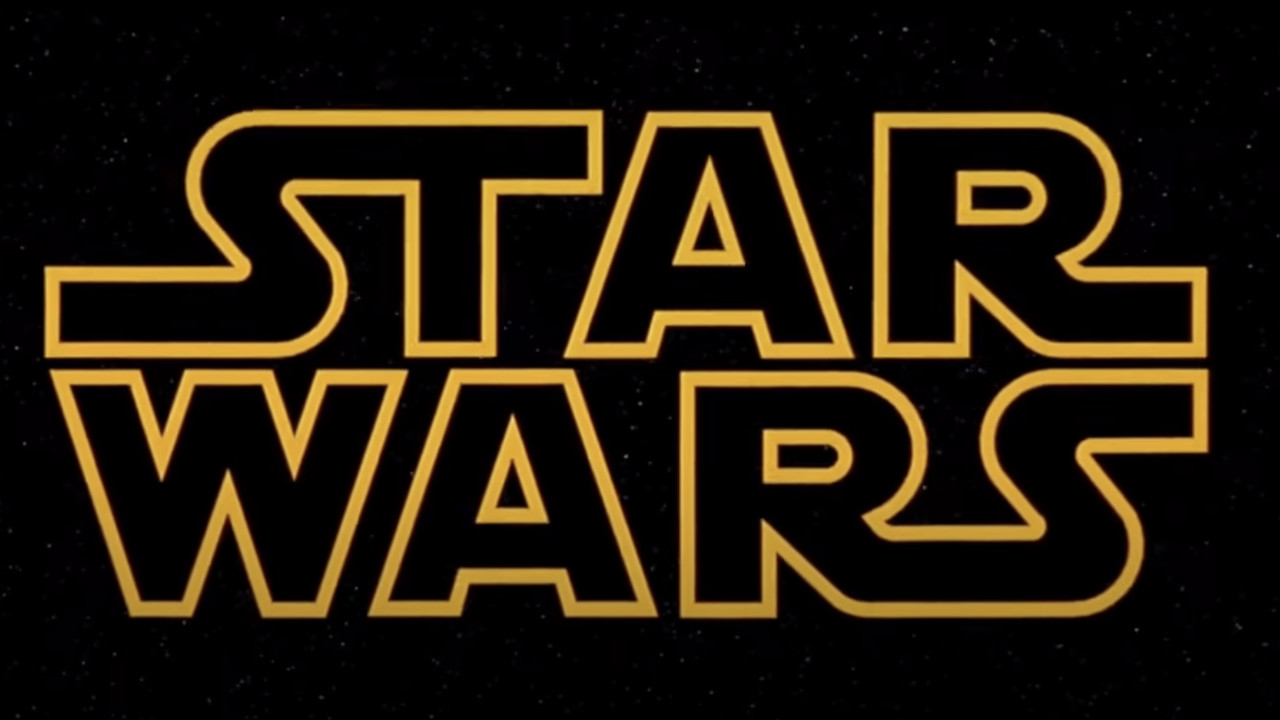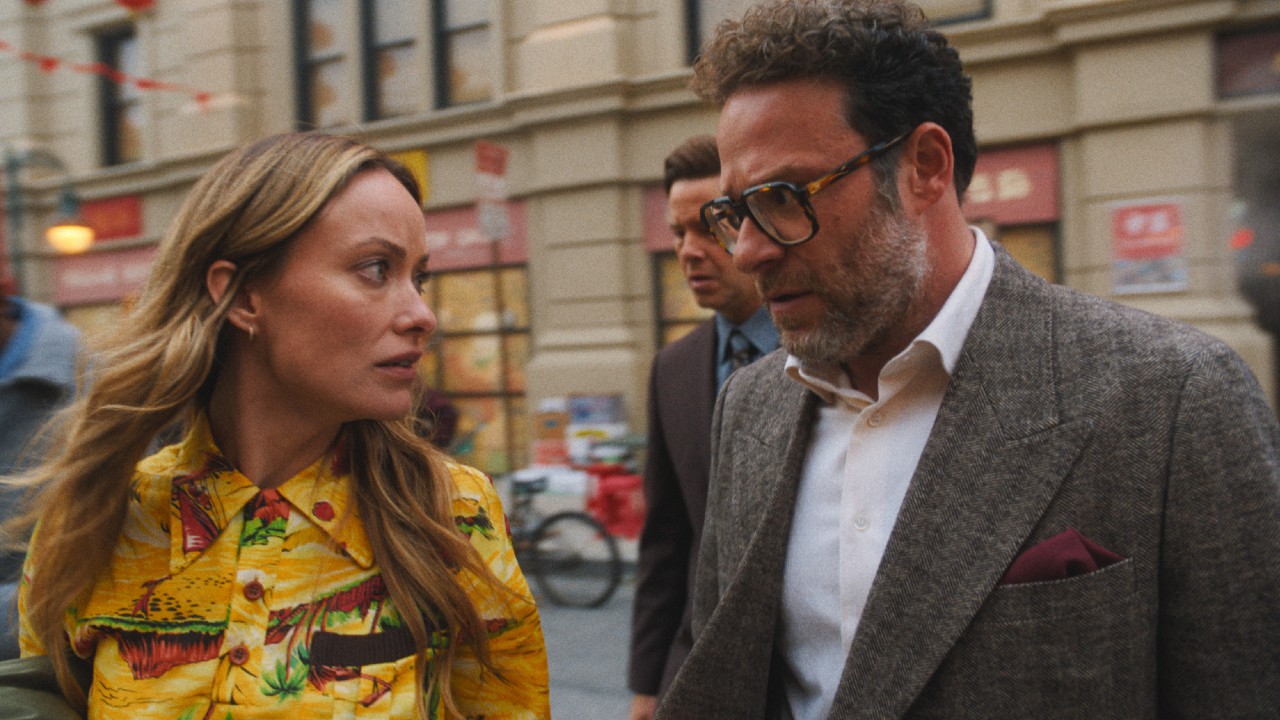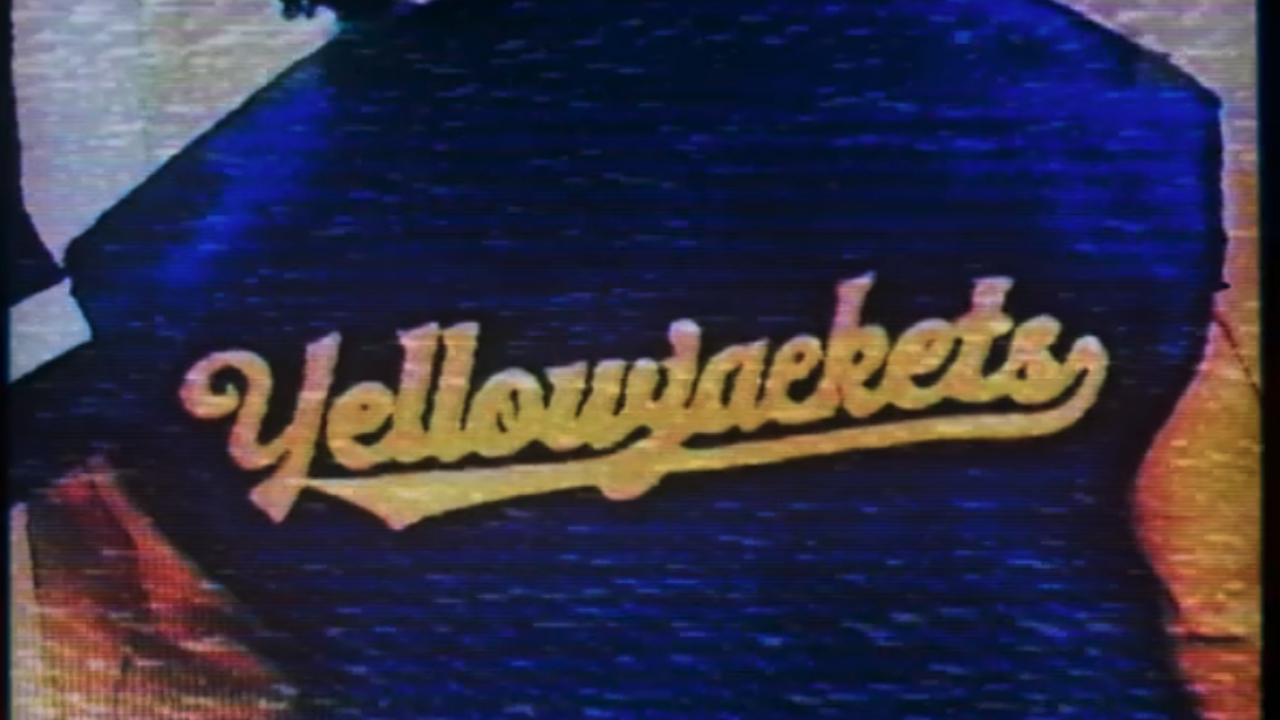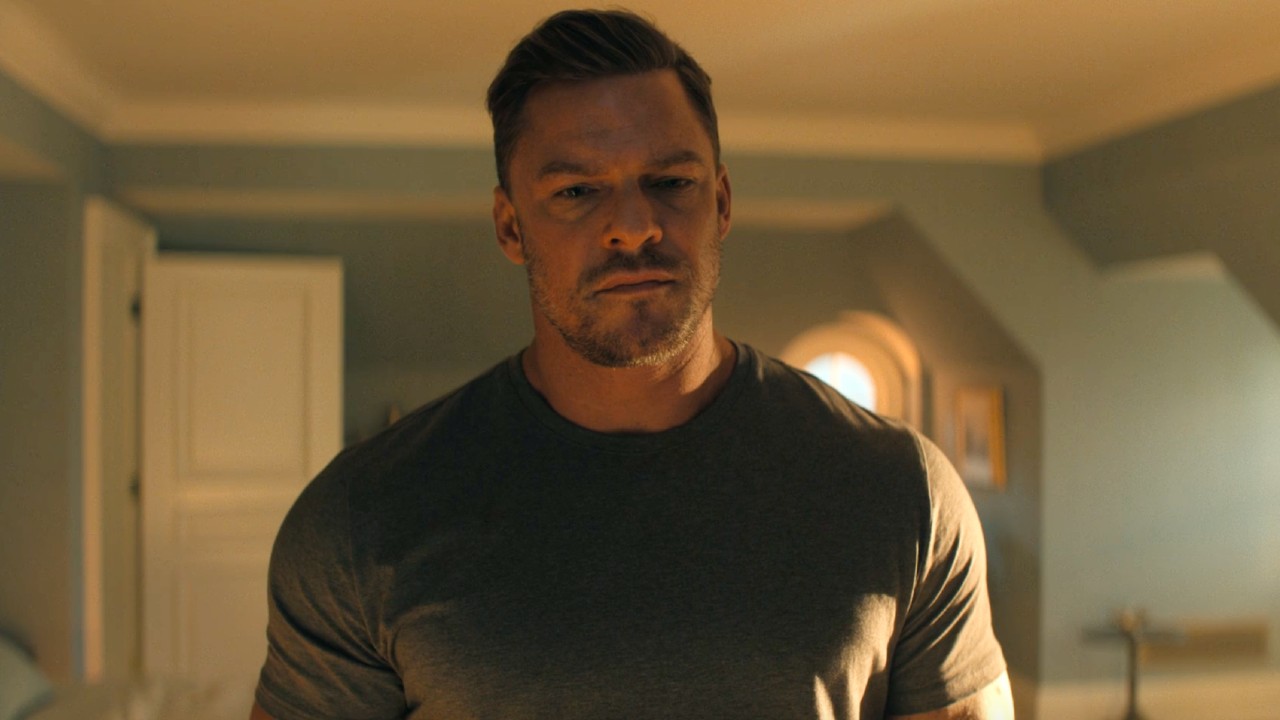Toy Story Vs. Toy Story 4: How Pixar's Animation Has Changed Over The Last 24 Years


For more than two decades, Pixar has established itself by its strong commitment to excellence. Whether it's the warm characters, wonderful settings, or vastly-resonating themes, the company has shined bright for years and it has become a cornerstone for great animation. With the studio's 21st animated feature, Toy Story 4, Pixar once again revisited the lovely characters who established its wonderful brand of storytelling back in 1995 —providing a fitfully emotional finale to the franchise that put it on the map and allowed the studio to create one animated classic after another.
Powered by RedCircle
Certainly, a lot has changed for Pixar between November 22nd, 1995 and June 21st, 2019. The company's blooming advancements in computer animation — in conjunction with stellar filmmaking taking bold risks — are always present on the silver screen. With each new movie, Pixar continues to pride itself as a exceptional studio willing to tell fresh, enriching stories and bring new, invigorating ideas to the forefront — even when those feature familiar, well-established characters. Through Toy Story and Toy Story 4, you can see how Pixar has grown significantly as a top-tier animation house.
In 24 years, Pixar has gone from being a division of Lucasfilm working hard to make the first computer-generated animated film in the history of film to one of the most trusted, accomplished film companies in Hollywood right now, with a name that (almost always) guarantees greatness as soon as that little wiggling lamp bounces its way onto the screen. Let's take a look at how Pixar continues to grow as a studio, particularly in the field of animation through the lens of Toy Story and Toy Story 4.
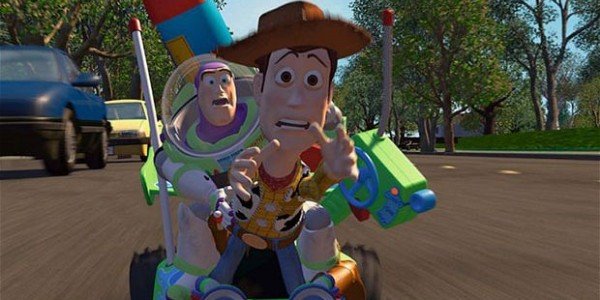
Toy Story (1995)
It's the classic that started it all! With Toy Story, Pixar surpassed the odds to create the first movie of its kind: a completely computer-animated feature that was not only technologically impressive but emotionally engaging and psychologically profound. The wizardry wasn't done overnight; it took a lot of trial-and-error before Toy Story shaped up into the movie we know it to be today. Yet the effort was most certainly appreciated nonetheless, and it revolutionized the artistry of animation as it would be known today, particularly on the cusp of the 21st century. That's a lot for one film to accomplish.
As you likely know by now, Toy Story centered on the plight of Woody (voiced by Tom Hanks), an old-fashioned cowboy doll with a bit of a superiority complex developed from years of being young Andy's favorite toy, and how he learns to accept and share Andy's time with his rival-turned-best friend, Buzz Lightyear (voiced by Tim Allen), a cocky, deluded space ranger toy who thinks he's a real-life space ranger and not a shiny piece of plastic. When they wind up lost in the real world, away from the boy who loves them, Woody and Buzz must learn to set aside their differences and form a communal bond that will ultimately survive and thrive for years to come. It's a simple story, shaped elegantly and wonderfully by the careful talents found at Pixar.
When Toy Story came out, everything was on the line for Pixar. It was the debut film for the company, the movie that would either put them on the map or edge them in the arsenals of cinematic catastrophes for decades to come. There's not a lot of wiggle room when you're making something unprecedented. Following the success of the Oscar-winning short film, 1988's Tin Toy, Pixar decided to expand its stories from a little toy's perspective in a major way, and that is obviously a lot more complex when you're making an 80-minute feature film instead of a five-minute short. The story process took a long time; it wasn't quite coming together in a brisk fashion, since there was a lot of pushback from Disney about where the story was heading. The bigger company wanted the story to be a little "edgier," if you can believe it, and when the movie did finally come together, it was still made with a relatively limited budget.
As a result, the conditions for making the movie were fairly limited. The pay couldn't be much for the animators who came on board to make something this extravagant, but they were able to draw in some great animated talent on the promise of letting them be on the cusp of animation's new future. If they agreed to make this movie, they would be part of the first CG-animated movie in cinematic history. Something to tell the grandkids, most certainly.
CINEMABLEND NEWSLETTER
Your Daily Blend of Entertainment News
There were reportedly 27 animators working around the clock to bring Buzz and Woody and all their toy friends to life, and 400 computer models were used to work on the trendsetting motion picture. Models were made, and then articulation and motion controls were coded. This allowed the animators to make the characters move in a variety of different ways, from talking to jumping. From there, every shot was passed on to eight separate divisions.
Throughout the process, some intriguing choices were made to make this animated transition more natural to viewers. The animators stuck to the limits of live-action animation to make this animation feel more grounded and realistic, allowing viewers to adjust a bit more naturally to this trail-blazing form of storytelling. Once the characters and locations were set, the animators began compiling the scenes, and then added additional details like lighting, shading visual effects and other key details that would make the animation more polished and cinematic. From there, the movie was rendered onto a whopping 300 computers to give the movie its final design, the one you see when you watch the movie today. It was a lot of hard work, but it paid off.
Today, while the animation is clearly dated, it's still impressive to see what Toy Story accomplished. The visual style is kinder on the eye than you might anticipate, thankfully focusing more on toys rather than humans, which makes it look less garish than other CG-animated projects from this time. The movie's cinematic presentation certainly helped to keep it formal even when it's extremely inventive, resulting in a shockingly smooth transition that created the first masterpiece shepherded under this phenomenal company.
When you look at Toy Story 4, even though the characters are the same, there are a great many things that are completely different. And it's clear that, 21 movies deep into the resume, the studio is only continuing to innovate.
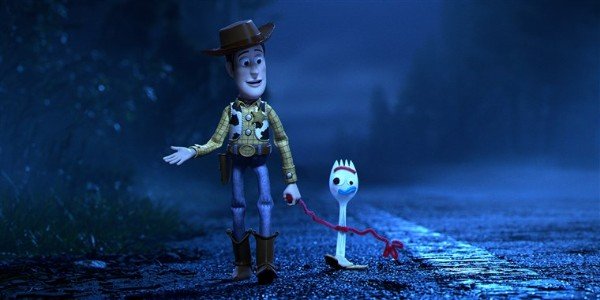
Toy Story 4 (2019)
Obviously, Pixar is no longer the company it once was. For one, it isn't quite as restricted budget-wise, and it has proven itself time-and-time again, most especially when it comes to the Toy Story franchise. The last film turned in over a billion dollars at the box office, and while there have been many franchises fans have been happy to say goodbye to after the third installment, Disney saw dollar signs and Pixar finally cracked a fourth (toy) story that would be worth telling.
In Toy Story 4, Woody, Buzz, Jessie and the rest of the toy gang have settled comfortably into their new lives with soon-to-be kindergartener, Bonnie. Woody doesn't get played with quite as often as he did with Andy, and he's having a bit of an existential criss. Meanwhile, during an early orientation, Bonnie decides to make a new friend — with the help of Woody. This new toy, named Forky (voiced by Tony Hale), was made by miscellaneous items from the trash can, including a spork.
Sure enough, Forky sees himself not as a toy, but trash. It takes quite a bit of convincing on Woody's part to justify Forky's own sense of self-value. And when Bonnie's family takes a road trip, Forky ends up away from everybody, with Woody out to find him. In the process of returning to the family, Woody discovers something huge: his long-lost love, Bo Peep (voiced by Annie Potts) is alive, and she's not exactly the same.
Similar to Toy Story, Toy Story 4 had a rocky road to completion. The story went through several drafts, and it wasn't completely set into place until late into the game. Once again, thanks to the Pixar magic, the movie results in a fitting, loving sequel and conclusion to the franchise that started it all for this company, and a sign of change for what Pixar has in store for the next generation of stories told by the brand. From here, the sequels that have defined this past decade of Pixar will be put on the back-burner as Pixar focuses its time and energy on creating more original and unique ideas to bring onto film. Most of the established IP will be seen on some projects that have been planned for Disney+, the new streaming service.
To look at the animation from Toy Story 4 is to see how the company has come so far in a little under 30 years time. The animation in Toy Story 4 is some of the best in the company's history, matching Finding Nemo and WALL-E in terms of shot composition, lighting, framing and realistic designs. It's apparent the studio has continued to develop its animation skills, with advancing technology allowing the company to excel with each new film. The result is a gorgeous-looking movie with a nicely emotional heart tug to really bring into focus how far we've come, and where we have been.
What's perhaps the most impressive about the animation is how the animators stay true to the character design of the toys while making clear advantages to the animation. Woody and Buzz look the same as they always have, but the designs are more polished and developed, allowing an intentionally more 3D look that's used to great benefit — particularly as they go to new, exciting places and interact with visually stunning environments. It is stunning work from an animation company that want to strive for excellence with each film, and the end design here makes it apparent that they are still on-the-rise.
A lot of changes have been made to computer graphic animation since 1995. We have technology that might not have been dreamed about when the first designs for Woody, Buzz, Slinky Dog, Mr. Potato Head and Bo Peep were put inside the computer back in 1995. With so many exciting and astounding developments, Pixar continues to make great new movies that speak to all generations — including those to come.
For as great as the animation has been throughout the years, it's ultimately the stories that touch the hearts and minds of viewers everywhere. In that regard, Pixar is continuing to excel, providing excellence in a variety of categories — something that hopefully won't be changing anytime soon.
Will is an entertainment writer based in Pittsburgh, PA. His writing can also be found in The Playlist, Cut Print Film, We Got This Covered, The Young Folks, Slate and other outlets. He also co-hosts the weekly film/TV podcast Cinemaholics with Jon Negroni and he likes to think he's a professional Garfield enthusiast.


